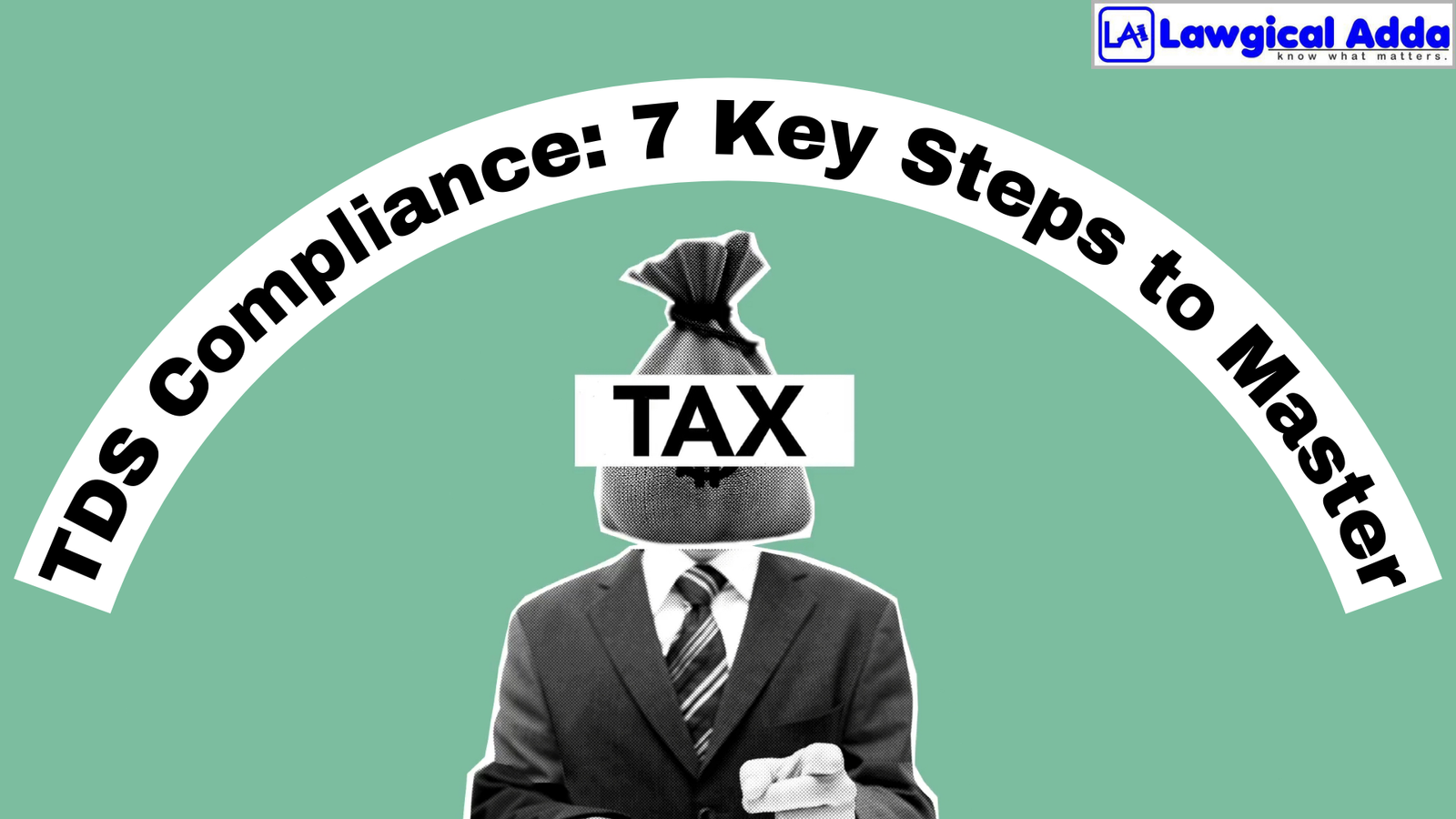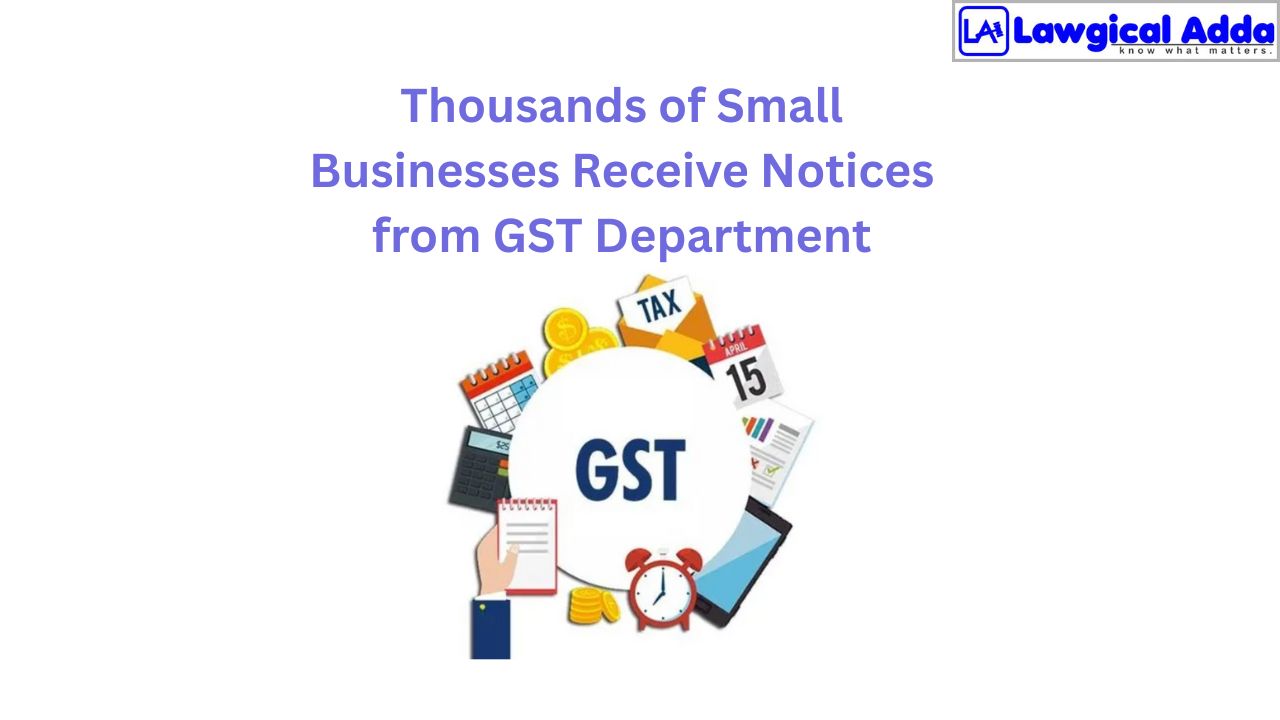TDS Compliance: 7 Key Steps to Master

Table of Contents
TDS compliance is an essential organ of tax. TDS is a systematic mechanism built for the collection of tax in India. It aims to eradicate tax evasion in the country. TDS was introduced to start timely payments of tax. It is important to take steps to make tax collections smoother and efficient. That is why tax collection at source was recommended. Read below to understand more about the TDS compliance system in this blog!
What is TDS?
TDS or Tax Deducted at Source is a taxation system introduced by the Department of Income Tax and Goods and Service Tax to ensure timely payment of taxes. TDS is a process in which the payer of the sum deducts a fixed percentage of tax before paying the recipient. The percentage is predetermined by the Income Tax department or the GST department and differs from situation to situation. The deducted amount is then delivered to the government as the recipient’s tax.
TDS applies to various types of payments. These payments include salary, interest commission, rent, professional fees, etc.
How does TDS work?
TDS in Income Tax:
TDS is deducted at different rates for different types of payments. We can understand the mechanism of TDS with the following example:
Mr. A, aged 35 years, is an employee of Mr. U. Mr. A receives Rs. 7 Lakhs per annum from Mr. U. Thus, he is a taxable assessee. Mr. A does not claim any deduction. That is why Mr. U deducts Rs 44200 from his salary every year. Mr U deducts Rs. 3,684 every month from his salary. This amount is called TDS. Once the TDS is collected, it is paid to the government along with other taxes of the assessee.
TDS is deducted at various rates. Some of the important rates are:
(design a table: https://www.maxlifeinsurance.com/blog/tax-savings/what-is-tds-and-how-does-it-affect-you)
TDS in GST:
TDS is deducted on GST as well. TDS is deducted as a way to collect based on a certain percentage. Bills are paid by the payer of the sum after deducting the tax. TDS compliance is an important mechanism of GST. TDS is deducted at the rate of 2% of the taxable value of goods and/or services, in the case of IGST and 1% of the taxable value of goods and/or services in the case of CGST and SGST. Once the TDS is collected, it is paid to the government along with other taxes and return compliances.
Key TDS Compliance Requirements
Here is a list of compliance that you need to follow to deduct TDS:
Obtaining a TAN number:
TAN number (Tax Deduction and Collection Account Number) that helps the department to identify taxpayers. Every person collecting or deducting TDS has to apply for a TAN. Once allotted, the alpha-numerical number will be used in all TDS-related filings and transactions. This number is important to establish communications with the Income Tax Department as well.
Deducting TDS:
TDS is deducted at specified rates before making any payments to the good or service provider. You can refer to the TDS rates mentioned above.
Depositing Tax:
Once TDS is deducted, you will have to submit it to the government within the due dates. You can refer to the following table to understand due dates under various taxation systems.
https://blog.saginfotech.com/due-dates-of-e-filing-of-tds-or-tcs-return: GST
(design a table: https://www.maxlifeinsurance.com/blog/tax-savings/what-is-tds-and-how-does-it-affect-you): Income tax
Filing returns:
Once you have made the payment of the TDS collected, you can start filling out the TDS returns to inform the government about the assessment’s particulars. These are the following returns for TDS:
Form 24Q: For TDS on salaries.
Form 26Q: For TDS on all payments except salaries.
Form 27Q: For TDS on payments to non-residents.
Form 27EQ: For TCS (Tax Collected at Source).
These returns are important for TDS compliance.
Informing the TDS certificates to the deductees:
The deductor must issue TDS certificates after the submission of returns. He has to deliver the information on these certificates with the deductees. These certificates are essential for the deductee while he files his tax returns. The certificate serves as proof of tax deducted and paid.
The forms for TDS certificates are:
Form 16: For TDS on salaries.
Form 16A: For TDS on other payments.
Form 16B: For TDS on the sale of the property.
Form 16C: For TDS on rent.
How to Ensure Timely Compliance?
Understanding the tax applicability:
Various TDS provisions apply to different types of payments. The tax rates are different for each type of payment. Their basic exemption limit is different. That is why it is important to know the TDS rates, threshold limits, and exemptions applicable in the current financial year.
Calculation of TDS:
It is important to calculate the TDS accurately. Any misappropriation in collecting the TDS can lead to serious compliance issues. This may attract show-cause notice from the department, too.
Due dates for Timely Deduction and Deposit:
It is important to deduct TDS on a timely basis. TDS should be paid before or at the time of payment or credit, whichever is earlier. It is also important to deposit the deducted amount within the prescribed date.
Maintenance of detailed records:
It is important to record and maintain all transactions associated with TDS. Every detail like the deductee, amounts paid, TDS deducted but deposited and TDS deducted and deposited is essential for TDS compliance.
Staying updated with the amendments:
Tax laws and provisions are ever-evolving subjects. New tax amendments are introduced by the financial minister every financial year. That is why it is essential to stay updated with all amendments and circulars issued by the Income Tax Department. This ensures accurate compliance.
Importance of TDS Compliance
TDS was first introduced in India to ensure timely collection of taxes. Following all TDS compliances is essential for national revenue generation. This revenue collection ensures a steady inflow of funds so that each project and expense of revenue can work smoothly. TDS is a preventive measure against tax evasion, It ensures accountability by maintaining accurate records of transactions. It promotes transparency of transactions. TDS ensures a systematic approach to tax payment.
TDS compliances are mandatory. Non-compliance of the same can result in heavy penalties and fines.
FAQs
What are the compliances for TDS?
There are many TDS compliances. Some key compliances are:
Obtaining a TAN number:
TAN number (Tax Deduction and Collection Account Number) that helps the department to identify taxpayers. Every person collecting or deducting TDS has to apply for a TAN. Deducting TDS:
TDS is deducted at specified rates before making any payments to the good or service provider. You can refer to the TDS rates mentioned above.
Depositing Tax:
Once TDS is deducted, you will have to submit it to the government within the due dates. You can refer to the following table to understand due dates under various taxation systems.
Filing returns:
Once you have made the payment of the TDS collected, you can start filling out the TDS returns to inform the government about the assessment’s particulars.
Informing the TDS certificates to the deductees:
The deductor must issue TDS certificates after the submission of returns. He has to deliver the information on these certificates with the deductees. These certificates are essential for the deductee while he files his tax returns. The certificate serves as proof of tax deducted and paid.








